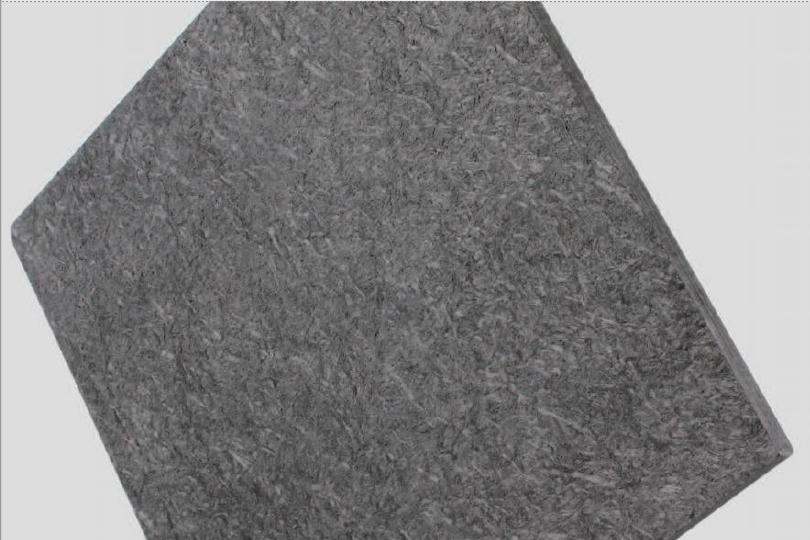
- English
- Español
- Português
- русский
- Français
- 日本語
- Deutsch
- tiếng Việt
- Italiano
- Nederlands
- ภาษาไทย
- Polski
- 한국어
- Svenska
- magyar
- Malay
- বাংলা ভাষার
- Dansk
- Suomi
- हिन्दी
- Pilipino
- Türkçe
- Gaeilge
- العربية
- Indonesia
- Norsk
- تمل
- český
- ελληνικά
- український
- Javanese
- فارسی
- தமிழ்
- తెలుగు
- नेपाली
- Burmese
- български
- ລາວ
- Latine
- Қазақша
- Euskal
- Azərbaycan
- Slovenský jazyk
- Македонски
- Lietuvos
- Eesti Keel
- Română
- Slovenski
- मराठी
- Srpski језик
Carbon/carbon composite molding process
2025-06-20
Carbon/carbon composite materials refer to composite materials composed of carbon fiber reinforcement and carbon-based matrix. They have the characteristics of low density, high strength, high specific modulus, low thermal expansion coefficient, etc. Their super high temperature resistance makes them the most promising high-temperature material.
Carbon/carbon composite materials are located in the middle of the industrial chain. Carbon fibers are woven or needled to obtain preforms, which are carbonized by multiple chemical vapor deposition processes. After high-temperature carbonization and graphitization, carbon/carbon composite materials are formed, and then machined to obtain corresponding products.
The performance of carbon/carbon composite materials is greatly affected by the preparation process. Different process conditions can lead to changes in material structure, density, mechanical properties, etc. The following are

the main preparation processes of carbon/carbon composite materials:
1. Chemical Vapor Deposition (CVD) Process
The chemical vapor deposition process is to decompose carbon-containing gases (such as methane, propylene, etc.) at high temperatures to deposit pyrolytic carbon on the surface of the carbon fiber preform, thereby forming a carbon/carbon composite material. It can be carried out at a lower temperature, and the deposition rate is relatively fast, and a carbon/carbon composite material with uniform structure and excellent performance can be prepared.
Process Flow
① Pretreatment: Clean and activate the surface of the carbon fiber preform to improve the deposition effect.
② Deposition: Place the preform in a reactor, introduce carbon source gas, and deposit at high temperature (usually 900-1200°C) and appropriate pressure conditions.
③ Control: Control the deposition rate and the structure of pyrolytic carbon by adjusting parameters such as reaction temperature, gas flow, and pressure.
2. Liquid Phase Impregnation Carbonization Process
The carbon fiber preform is impregnated in a liquid carbon precursor (such as asphalt, resin, etc.), and then carbonized and graphitized to form a carbon/carbon composite material. The process is simple and the cost is low. It is suitable for preparing large-sized and complex-shaped carbon/carbon composite materials.
Process flow
① Impregnation: Immerse the preform in a liquid precursor and promote impregnation by vacuum, pressure, etc.
② Carbonization: Heat to a high temperature (usually 800-1500°C) in an inert atmosphere to convert the precursor into carbon.
③ Repeated impregnation and carbonization: In order to improve the density and performance of the material, it may be necessary to repeat the impregnation and carbonization process many times.
3. Precursor conversion process
Use organic polymer precursors (such as polycarbosilane, polysiloxane, etc.) to be pyrolyzed at high temperatures to convert into ceramic-based composite materials. Carbon/carbon composite materials with high purity and uniformity can be prepared.
Process flow
① Synthesize precursors: Synthesize precursors with specific structures and properties through chemical reactions.
② Impregnation or coating: Impregnate or coat the precursor on the carbon fiber preform.
③ Pyrolysis conversion: Pyrolysis is carried out in an inert atmosphere at high temperature (usually 1000-1800°C) to convert the precursor into a carbon/carbon composite material.
Semicorex offers high-quality Carbon/carbon composite products. If you have any inquiries or need additional details, please don't hesitate to get in touch with us.
Contact phone # +86-13567891907
Email: sales@semicorex.com




